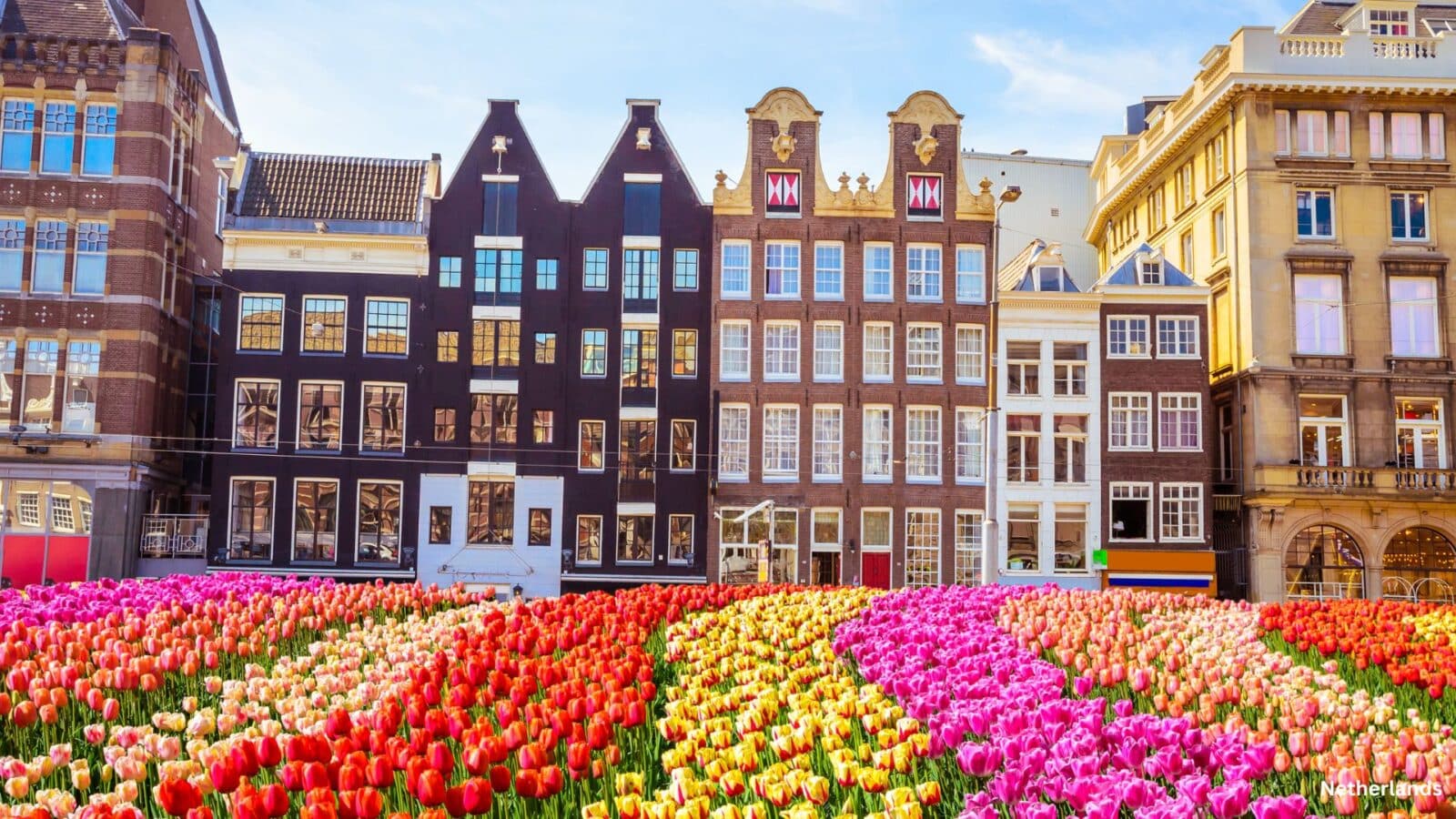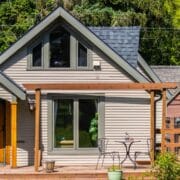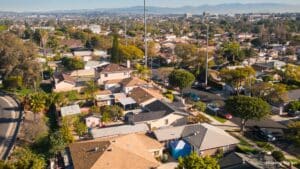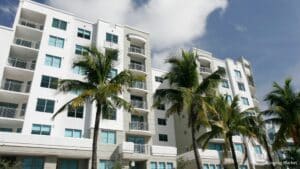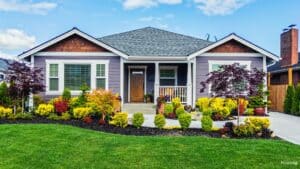Dutch housing solutions are gaining attention for their innovative and holistic approach to addressing the country’s housing crisis. With a goal of building 1 million housing units by 2030, the Netherlands is implementing strategies that blend urban densification with creative expansion methods. The Dutch housing model, including unique concepts like Straatje Erbij (One Extra Street), offers important lessons in sustainable growth for nations worldwide.
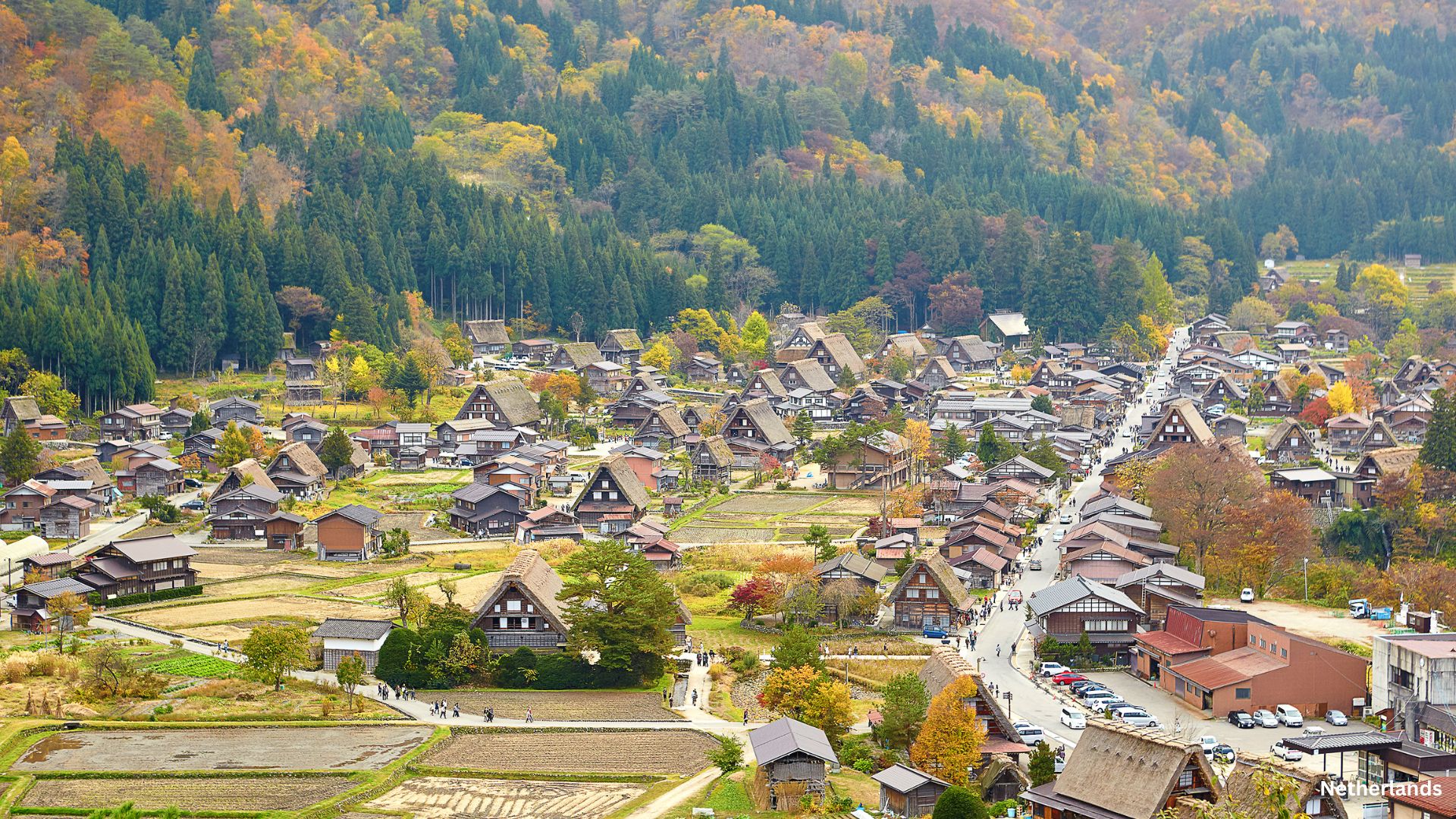
Dutch Housing Solutions
Urban Densification and Strategic Expansion
The core of the Dutch housing solution lies in urban densification—filling in underused spaces within cities and towns. By making better use of existing urban land, the Netherlands plans to house more people without drastically altering the landscape. In conjunction with this, the country has adopted the Straatje Erbij initiative, which adds small blocks of homes to the edges of rural villages and cities. This incremental expansion is projected to create 95,000 homes, particularly in provinces like Zeeland, where population decline has threatened local economies.
The Role of Straatje Erbij
Straatje Erbij is a pivotal part of the Dutch housing solutions approach, allowing for small-scale urbanism. Rather than relying on massive housing developments that can overwhelm infrastructure and disrupt local communities, this concept focuses on adding just one extra street to existing villages and towns. Each new block would consist of about 50 homes, strategically placed to minimize disruption while enhancing connectivity to larger cities through the country’s well-developed public transit system. This approach not only addresses housing needs but also revitalizes rural areas that are suffering from population decline.
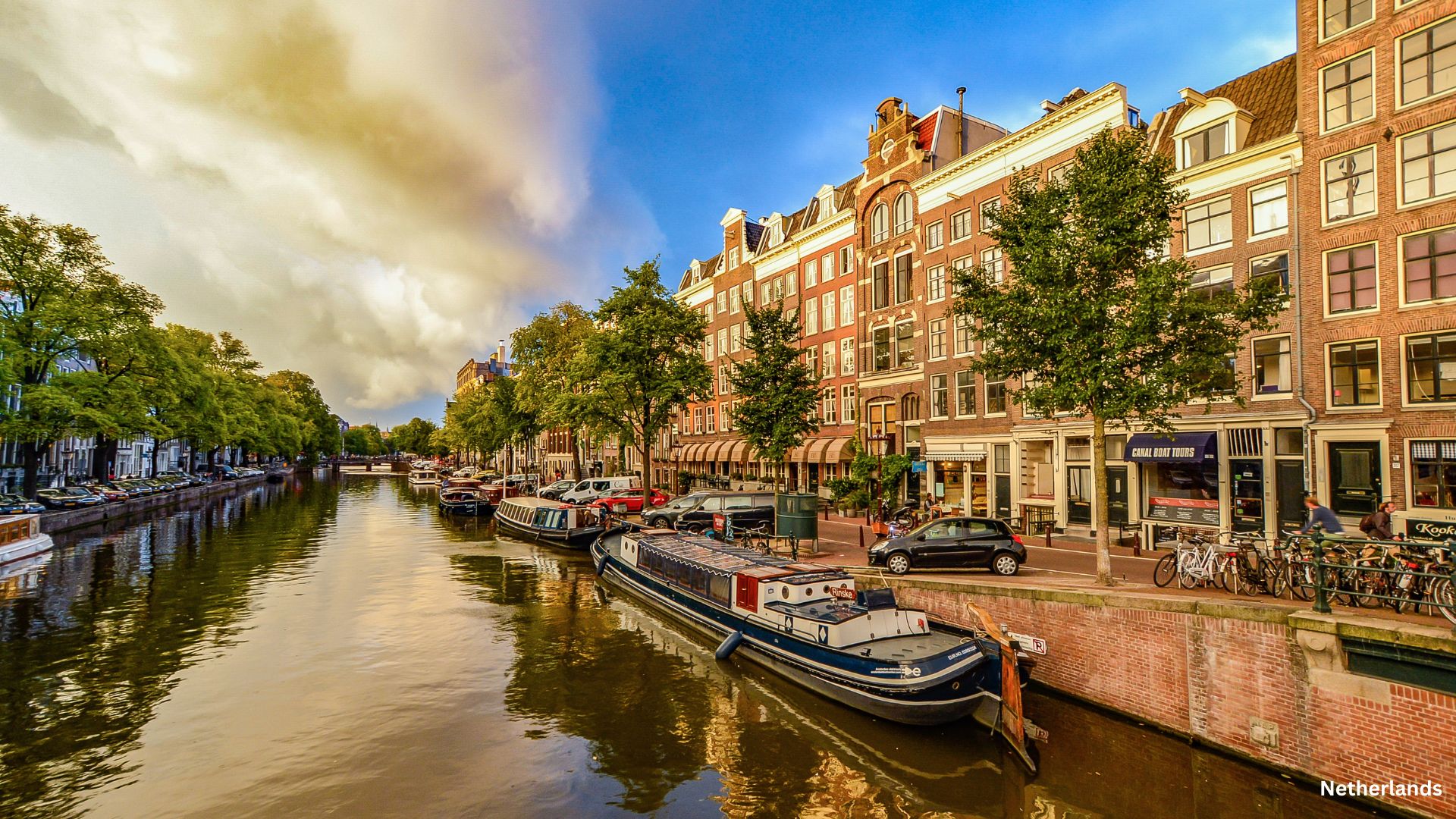
Challenges and Benefits
Although the Dutch housing solutions approach is forward-thinking, it’s not without challenges. Expanding into rural areas may provoke opposition from residents concerned about losing their views or dealing with construction disruptions. Additionally, because Straatje Erbij involves smaller-scale development compared to dense urban high-rises, it could lead to higher housing costs due to its lower density.
However, the benefits of this model outweigh its drawbacks. The small-scale expansions offer a more affordable, faster alternative to large-scale projects, and they integrate seamlessly with existing infrastructure. These factors make the Dutch model a blueprint for how other countries can address their own housing shortages without overwhelming urban environments.
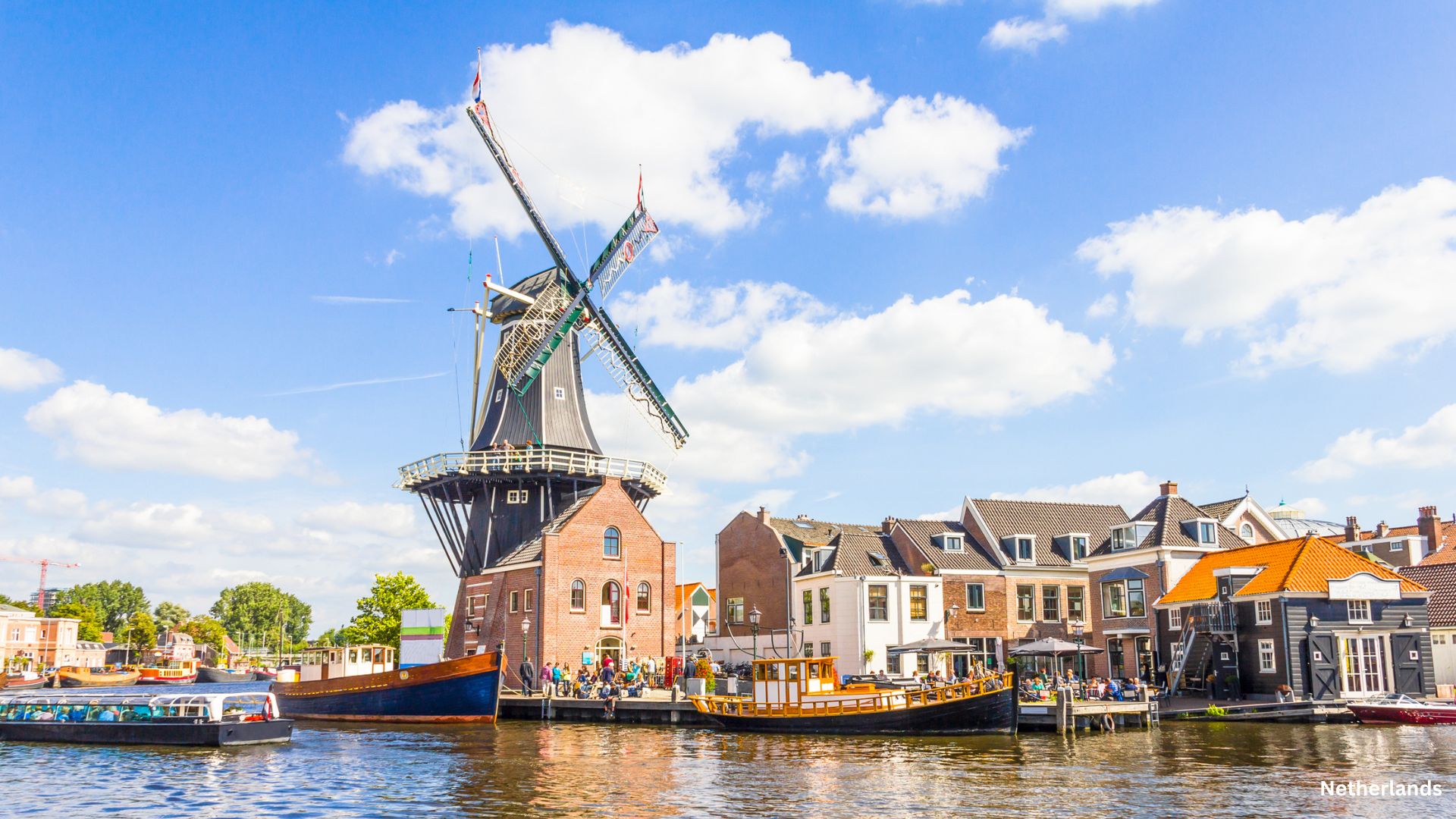
The Dutch housing solutions reflect a balanced approach to tackling a national housing shortage. By blending urban densification with the creative Straatje Erbij concept, the Netherlands is positioning itself as a global leader in sustainable, community-focused housing development. Other countries grappling with housing shortages can learn from the Dutch model, which emphasizes incremental growth, environmental sustainability, and smart urban planning.
